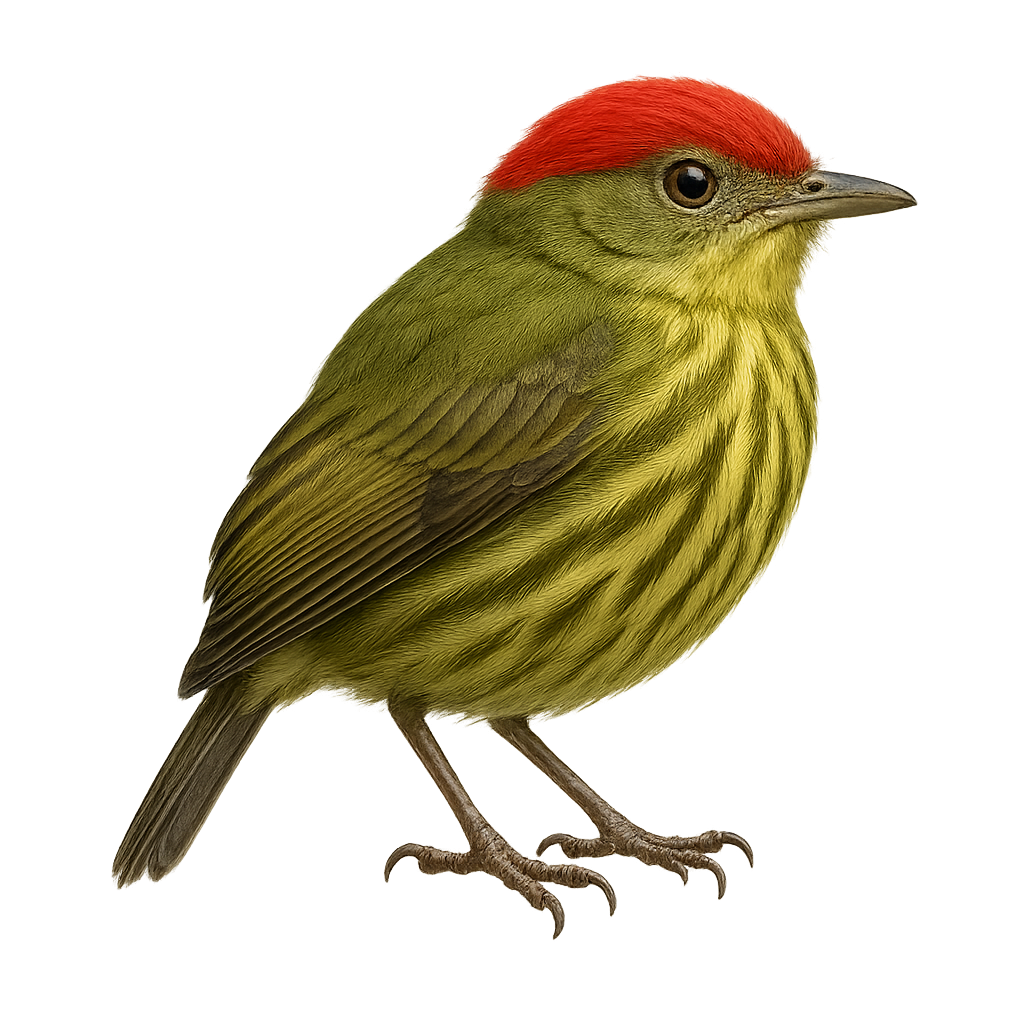Your wildlife photography guide.
Explore the eckelberry's manakin in detail, study its behavior, prepare your shots.
Where to observe and photograph the eckelberry's manakin in the wild
Learn where and when to spot the eckelberry's manakin in the wild, how to identify the species based on distinctive features, and what natural environments it inhabits. The WildlifePhotographer app offers tailored photography tips that reflect the eckelberry's manakin’s behavior, helping you capture better wildlife images. Explore the full species profile for key information including description, habitat, active periods, and approach techniques.
Eckelberry's Manakin
Scientific name: Machaeropterus eckelberryi

IUCN Status: Least Concern
Family: PIPRIDAE
Group: Birds
Sensitivity to human approach: Suspicious
Minimum approach distance: 10 m
Courtship display: January to March
Incubation: 18-20 jours
Hatchings: February to April
Habitat:
Humid forests, lowland forests, undergrowth
Activity period :
Primarily active during the day, with peak activity in the morning and late afternoon.
Identification and description:
The Eckelberry's Manakin is a small, colorful bird belonging to the Pipridae family. It is primarily found in the lowland humid forests of Peru. This manakin is distinguished by its vibrant plumage, with shades of green, yellow, and red, allowing it to blend into its dense environment. Males are particularly known for their complex courtship displays, which include unique dances and vocalizations to attract females. These birds are generally solitary, except during the breeding season. They primarily feed on fruits and insects, thus contributing to seed dispersal in their habitat. Their song is often an indicator of their presence in the dense forest.
Recommended lens:
400mm – adjust based on distance, desired framing (portrait or habitat), and approach conditions.
Photography tips:
To photograph the Eckelberry's Manakin, it is advisable to use a telephoto lens of 400mm or more to capture detailed images without disturbing the bird. Look for areas with good natural light, such as forest clearings, where these birds may be active. Be patient and wait for the manakin to perch on an open branch. Use a tripod to stabilize your camera and avoid motion blur. Listen carefully to their distinctive song to locate their position.
The WildlifePhotographer App is coming soon!
Be the first to explore the best nature spots, track rutting seasons, log your observations, and observe more wildlife.
Already 1 432 wildlife lovers subscribed worldwide

